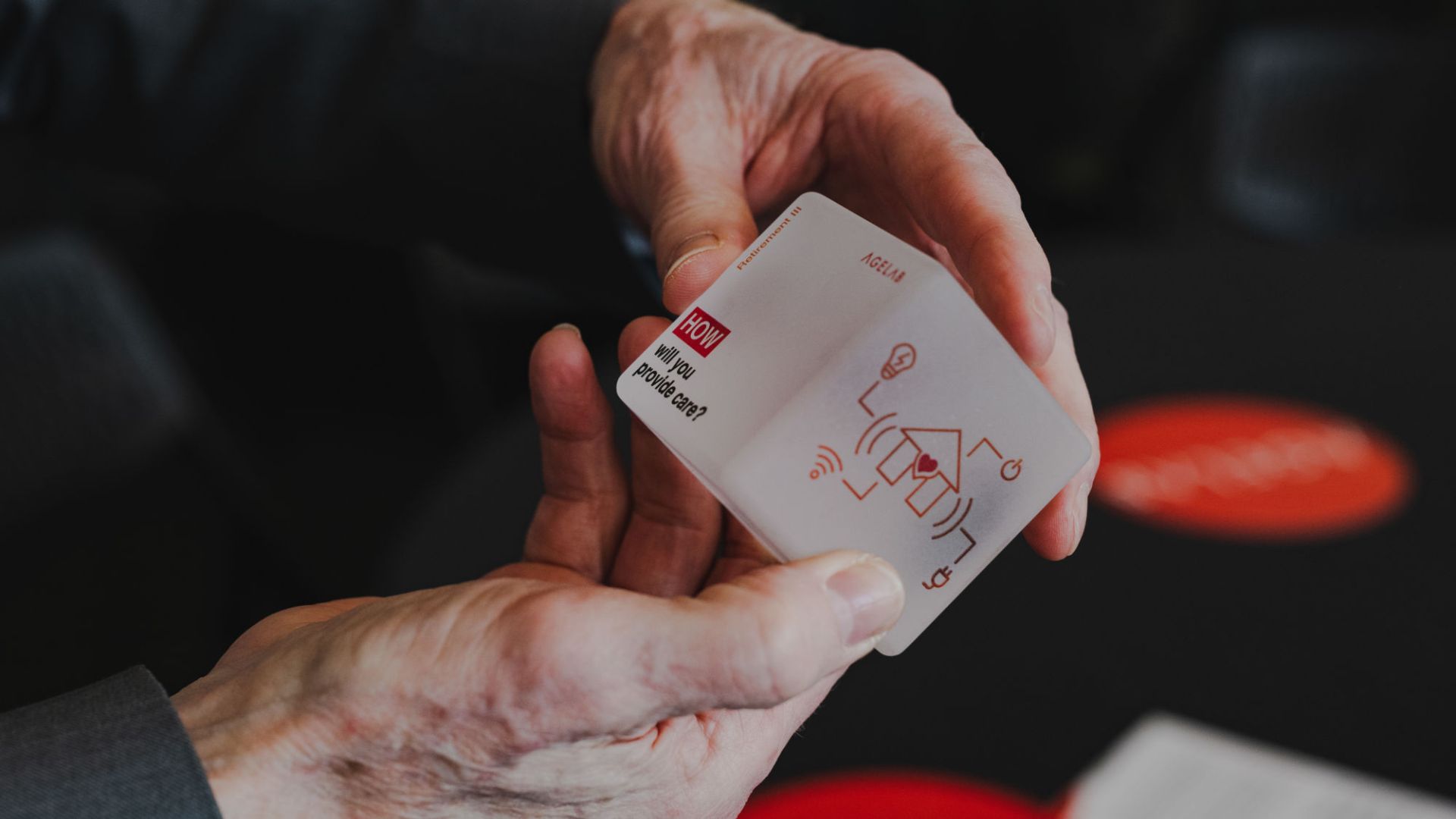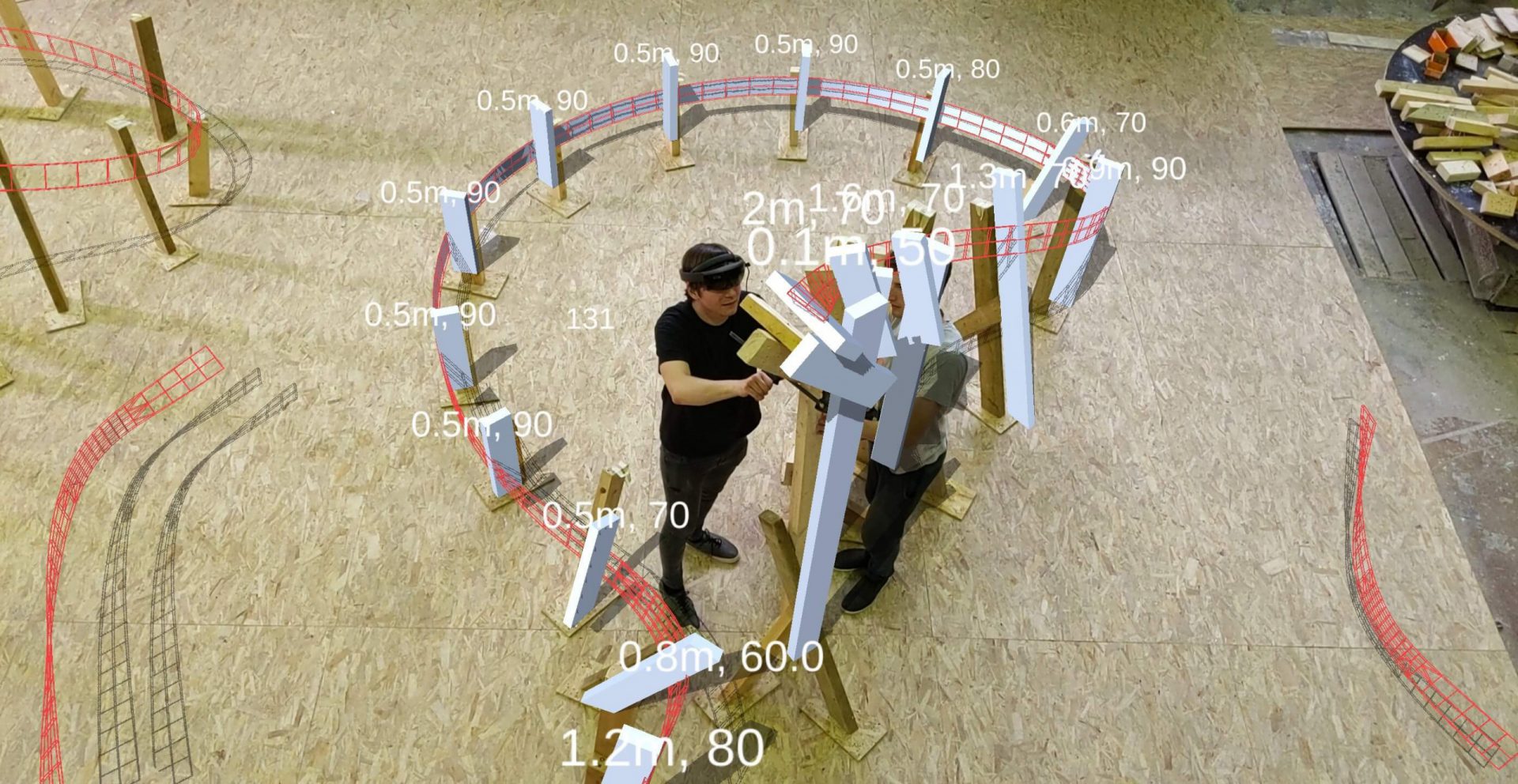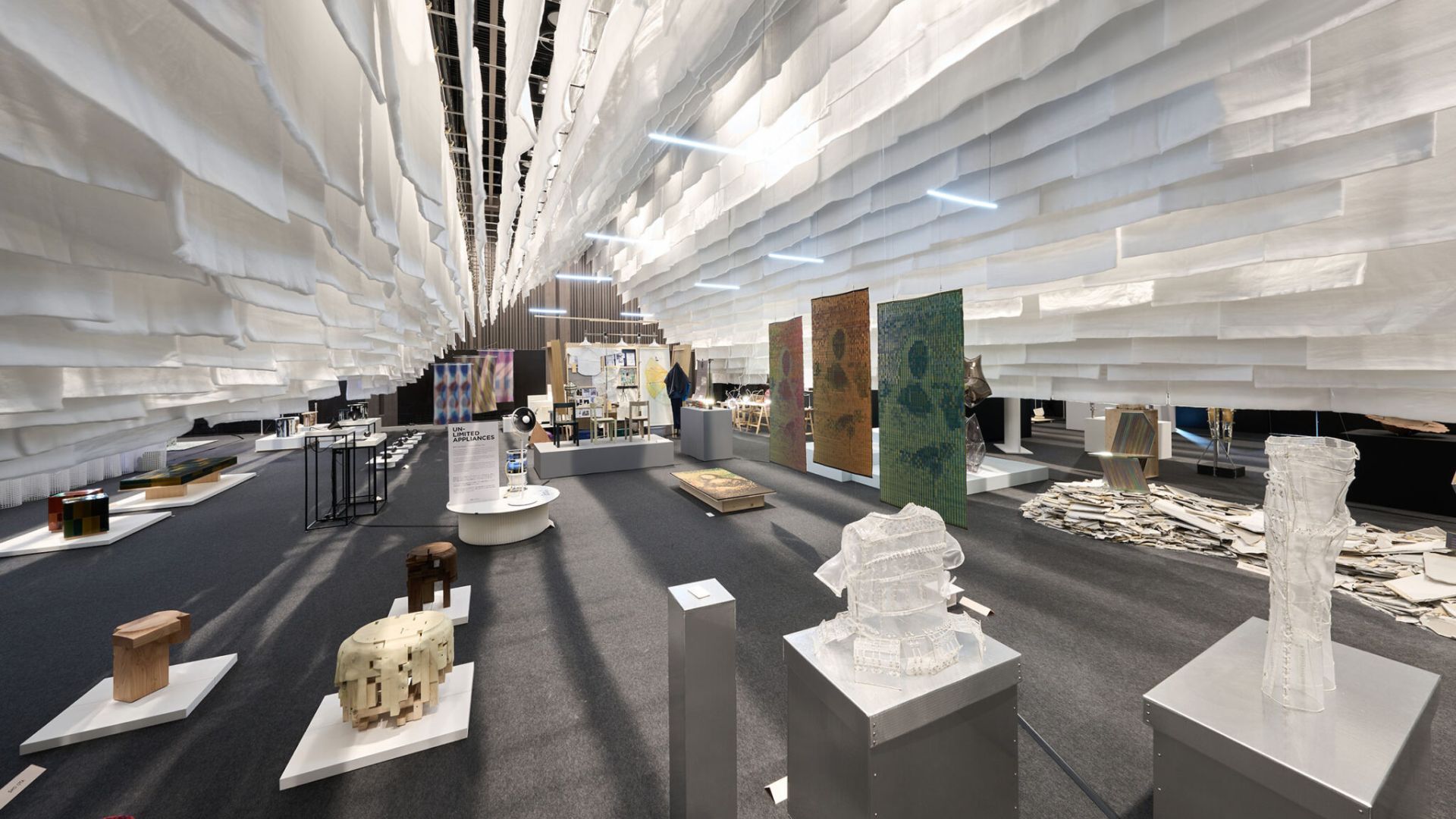Design for Longevity: Service, Systems, and Sustainability
People now not only live longer but also want to be healthier when they age due to more advanced emerging technologies, socioeconomic changes, education platforms, healthcare systems, and other socioeconomic factors

Last month, MIT AgeLab hosted the PLAN (Preparing for Longevity Advisory Network) forum in Cambridge, USA, inviting experts and leaders from finance, retail, and design globally to explore the future of financial planning services through user journeys. We gathered people from different financial industries and other relevant industries such as hospitality, lifestyle brand, tech and others. What impressed me is that most participants focused more on longevity planning than financial planning.
People now not only live longer but also want to be healthier when they age due to more advanced emerging technologies, socioeconomic changes, education platforms, healthcare systems, and other socioeconomic factors.
In addition, the meaning of time for the public has shifted and the concept of retirement has been redefined. We no longer just look at people’s age to discuss their needs; instead, we are focusing on the stage of life people are in to understand their desire dynamically and to improve their quality of life. For most people, the term age can mislead them to view it merely as a number. However, the term stage might more precisely describe people’s lifestyle: their life conditions and life span.
But what does longevity mean for designers and design leaders?
I believe the concept of design for longevity (D4L) has recently played a critical role in our society. D4L is not about adding labels for older adults on the products we design. D4L is also not only talking about how the new fabrication technologies can make the material last longer. D4L is an experimental research topic that contains more than we can imagine.
[ Read also A look into Design leadership at MIT Laboratories ]

The topic of longevity makes me think of two books I’ve read:
- Designing Your Life: How to Build a Well-Lived, Joyful Life by Bill Burnett, Adjunct Professor at Stanford University (more here)
- and The Longevity Economy: Unlocking the World’s Fastest-Growing, Most Misunderstood Market by Joseph F. Coughlin, Director of MIT AgeLab (more here)
Both authors shared the importance of being strategic and goal-driven creative talents with holistic perspectives, being empathetic to yourself and others, and knowing how to invest in yourself financially and intellectually.
Think about how new products, smart services, and tailor-made experiences can grow and evolve with you based on your personal preference and life rituals. We probably generate more personal data than we think from our behavior (verbal and non-verbal) to help smart systems translate and thus understand ourselves better through time.
D4L also enables us to think deeply about how the solutions of timeless designs are more sustainable and systemic. D4L lets us consider how we can make people feel engaged and want to keep enjoying the continued services they use.
How do we deal with social-technological challenges in the era of longevity economics? How do we empower our service providers (e.g., financial advisors) and service recipients (e.g., clients) to shift their mindset from planning for retirement to designing for longevity collectively? How do we design financial planning service toolkits to make the discussion more engaging and transparent to form trust and friendship?
Let’s put on the D4L lens to explore the topic of financial planning services as an example, to envision sustainable financial planning services and systems for people in stages of pre-retirement, retirement, and post-retirement.
Longevity is not just about a thinking process that is beyond the timeline or related to aging issues. Broadly speaking, it contains a human-centered design process to reframe, prototype, solve, and refine these complicated and systemic challenges. Meanwhile, we also need to investigate the system level of problems to identify the root causes.
Four recommendations are inspired by D4L from the MIT AgeLab PLAN forum, including:
- Consider putting people in the center of the design
- Think of suitable design solutions in context
- Curate user experiences to address pain points and satisfy their desires
- Gain a holistic view to build a sustainable platform for longevity
Let’s discuss four of my early thoughts and reflections on D4L.
D4L is to consider users in the context
Design in context matters. The term context not only considers the physical space or digital environment, but also includes the type of target customers, economic environment, financial advisors’ offices, political climate, and even the time and frequency of appointments.
Obtaining enough contextual knowledge can help us clarify our boundaries to know what resources we already have, what goals we want to achieve, and what we don’t have in order to efficiently come up with better and more inclusive financial planning solutions for longevity.
Most importantly, our thinking process could also change and adapt. The concept of Design for Longevity is less about encouraging people to think in terms of winners and losers and to judge the outcome of the investment. Instead, it’s more about learning how to stay and enjoy the game (financial planning process), which echoes the concept of the infinite game, proposed by Simon Sinek, an inspirational speaker and author of Start with Why, Find Your Why, and The Infinite Game.
Unsurprisingly, people do care about the economic result and their benefit, but we recognize that it is normal to have ups and downs in the long run and manageable financial risks during the financial planning journey. D4L also promotes the idea that everyone is a winner in a longevity economic environment since we learn how to achieve a sense of fulfillment through time.
When we designed 14 Longevity Planning Blocks (LPBs) as one type of financial planning tool for enhancing user engagement with financial advisors, we broke down into four tasks to help us more targeted to facilitate the conversation: 1. managing ambiguity, 2. making big decisions, 3. managing complexity, and 4. living solo. The scenario we envision is mainly designed for the first-time meeting with a financial advisor.
From the 17 user tests and 35 expert interviews, we learned that LPBs can’t be designed to be gimmicky or too playful, especially when financial planning services remain a bit formal and serious under most people’s expectations. The design language we created, the provocative questions we asked, the weight we wanted clients to feel, the texture we designed, the shape and size we decided on, and much more are all associated with the financial advising and planning context.

D4L is to consider user engagement
Design for user engagement is the key to achieving the D4L goal, since we consider in-between stages, every designed interaction, and the expected user experience. On March 21, 2023, MIT AgeLab hosted a PLAN forum on MIT Media Lab’s 6th floor. The MIT AgeLab team designed an envelope attached one underneath every forum participant’s chair.
In the envelope, they provided one piece of the puzzle designed by MIT AgeLab, a role-playing card, a business card, and flyers. Participants followed the host and instructions to finish the big puzzle on the stage and they also did a role-playing exercise with their seatmates.
MIT AgeLab team designed and planned the event not only focusing on rational content but also emotional behavior to try to bring the group discussion to life through all these thoughtful continuous engagement activities.
This reminds me that every successful event is always memorable and thoughtful across every single detail. When we think of people facing financial planning problems, well-trained financial advisors need to commit themselves with empathy to curate and design meaningful conversations with their clients, to inform the clients to make better decisions.
Another great design for engagement example is the Education Symposium World Café hosted by IDSA (Industrial Designers Society of America) in 2022 IDC (International Design Conference) and IDSA Education Symposium in Seattle. It is an annual design-related conference that invites authors of accepted paper to present recent design research. I especially like the concept of the World Café round table presentation.
Every presenter shares their work in front of one round table for 10 minutes and participants efficiently move to another table to learn about the different presenters’ research. The 40-minute session can allow every participant to join four presentations.
[ Read also From Brainstorming to Bodystorming: an applied ethnographic perspective to view co-creation workshops ]

D4L is to consider user experiences
Clients or sponsors might ask for more than just financial planning. People are looking into longevity planning or coaching. Therefore, we explore the future of user journeys both for financial advisors and clients. For a service blueprint, we considered each touchpoint through the layer of the front stage (the customer-face services) and backstage (the operation-side services).
What if we visualize users’ journeys and make people’s experiences tangible? D4L is less to build or add the latest emerging technologies for our users or service providers (e.g., financial advisors). Instead, the intention of applying D4L is to care more about the “curated” experiences such as transitional experiences between each touchpoint.
For example, when clients first meet their advisors, they need to look for office addresses, book their appointments, maybe check their websites, and see if there is any information they need to fill out before the first meeting. The transition from clients’ homes to advisors’ offices will be the journey that we need to design and curate.

Design for Longevity: Service, Systems, and Sustainability
D4L is an integrated and experimental design concept that considers human-centered services to build sustainable systems that allow products and experiences to evolve and transform with resilience and care. Not only financial planning services can be reviewed through the lens of D4L, but also is suitable to apply to many domain knowledge and disciplines.
For me, learning how to apply and experience the power of D4L takes patience, commitment, and opportunities. It’s like practicing Tai-chi. We need to learn how to internalize the learning, life experience, and even challenges and to find the balance point to integrate them. The term “longevity” can also be defined as a verb. We might easily fall into the pitfall to interpret longevity as old, slow, or less mobile, but the truth is that longevity is about a positive attitude, a belief, an action, and a system that can make our quality of life better through a strategic approach.
While facing fast-paced Artificial Intelligence (AI) transformation and organizational change, Design for Longevity provides us another way to rethink our accessible lifestyle, eco-system, education platforms, inclusive culture, sustainable transportation, and much more. We have so many urgent things that we need to take action on and do better to embrace the era of longevity.
















